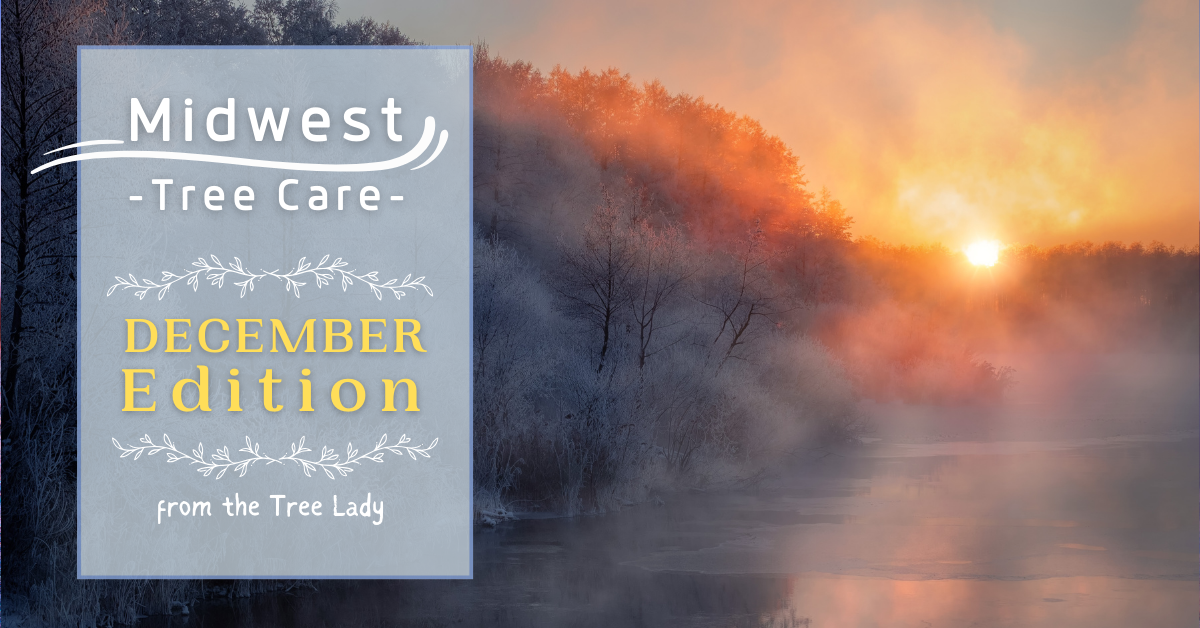DECEMBER Tree Care | 7 Tips to Plan for the New Year
We are fast approaching the winter solstice, the darkest day of the year. Traditionally, winter is a time of quiet and reflection. We look within to determine what changes need to occur. We prune the bad and leave the good to be nurtured and grown.
If you are taking this down time to plan your landscaping next year, we urge you to implement principles of intelligent design. With a couple of smart choices & appropriate species selection, you can ensure long-lived, low-maintenance landscaping that is as cost effective as it is attractive. The kind of landscaping that works with humans and our architecture to lower maintenance & utility costs while increasing property enjoyment & appeal. Here are a couple of basic tips that can get anyone started on the path of intelligent landscape design:
Plant trees in a natural water path or by downspouts. This reduces the overall need for further augmentation. Native Omaha trees naturally grow near creeks and waty
Plant trees that drop leaves in autumn on the South & West sides of to cool the house in summer.
If wind is whipping, consider planting evergreens on the North & West for wind protection
Consider local pollinators & pests. Plant native plants that are deer & rabbit resistant. Choose pollinator-friendly plants to support local populations & plant diversity. A robust pollinator population ensures that all plants, including those in your garden, are healthy and bountiful.
Diversify. Planting a variety of species supports healthy biodiversity and ensures a long and sustainable life for your landscape.
Start with the soil. Healthy plants start with the roots and the nutrients at their disposal. Consider having your soil tested. At a minimum, this will tell you what kinds of plants will fare best in your location. It will also help you will determine if you need to augment the soil in any way. If you live in a development, where the healthy topsoil has been stripped away and compacted through construction, it may be necessary to rehabilitate biodiversity in the soil. If you do not first address the issues in your soil, like many homeowners, you may throw good money after bad, constantly replanting, only to find that nothing takes hold in that spot.
Right plant, right spot. Placement can make the difference between an effortlessly beautiful landscape and a maintenance nightmare. It’s important to consider soil, water & sunlight requirements, canopy & root spread in relation to other plants & structures (house, septic, etc), and organic waste production.
For more information, check out these resources on intelligent design.

